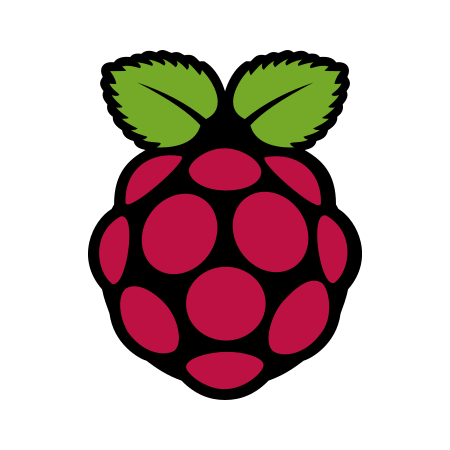

I gave Tangram and Ferdium a look but the rendering engine they use is awful and makes my eyes hurt. Old Chrome/Chromium used to have the same problem years ago. I’ll stick to Librewolf pinned tabs.
Linux, C, DOS, Vim, networking. he/him


I gave Tangram and Ferdium a look but the rendering engine they use is awful and makes my eyes hurt. Old Chrome/Chromium used to have the same problem years ago. I’ll stick to Librewolf pinned tabs.


It means feeling of affection, mostly used by anime weaboos: https://en.wikipedia.org/wiki/Moe_(slang)


You going to be most interested in learning the video decode and encode capabilities of mini-PCs:
I don’t know any specific community or how-to about this, but most people seem to run Plex and it just works.


Use an open source 2FA which lets you export
You can store your recovery codes as files in KeepassXC
No idea, I’m only interested in open source AMD and Intel.


Perhaps quiet has been made quieter. Try removing quiet and see if you get the messages you want?
I remove quiet from all my systems.


Yes, you need to install Plymouth to see the graphical screen
iiuc any Flatpak application must use the Flatpak runtime Mesa. If a library doesn’t exist in the Flatpak runtime then the application must package the library itself. No system library is used at all.
If you’re using Flatpak then you’ll be using their Mesa, which is updated with the runtime. You can also use Mesa-git which is updated much more frequently.
I am doing this and not worrying about the Debian installed Mesa.


I have just made the switch from Ubuntu. Now I have a trustworthy stable base, plus selected latest apps with Flatpak and Distrobox. It’s the best of both worlds.
The live installer sucks.
It is called Calamares, it is not well maintained upstream, and it doesn’t support even trivial complexity like LVM or Encryption.
Use the regular install DVD or Netinst. You get to choose your desktop environment in the process.